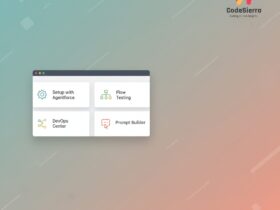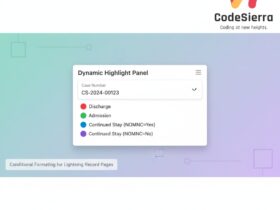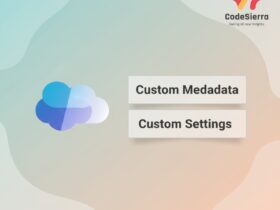Certain standard Case fields in Salesforce can’t be removed from the page layout in classic page layouts. You can make them read-only and move them out of primary view, or migrate to dynamic layouts where this restriction no longer applies.
Which Case fields cannot be removed?
When editing a Case page layout you may notice some standard fields are fixed and cannot be removed. In Salesforce Classic page layouts these fields are indicated by a small blue dot in the layout editor. The commonly affected fields include:
- Contact Name
- Status
- Priority
- Case Origin
- Subject
- Description
- Web Email
Why does this happen?
These are standard Case fields that Salesforce treats as core to the Case object record. In Classic page layouts Salesforce forces these fields to always be present. This can be frustrating when you want to simplify the UI for users.
Workarounds and best practices
While you can’t remove these fields from the Classic page layout, you have several practical options:
- Set the fields to read-only on the layout so users can’t change them but they remain visible for data consistency.
- Move these fields to a less prominent section (for example, toward the bottom of the page) and add help text or training so users know to ignore them if they are not relevant.
- Upgrade to Lightning dynamic forms / dynamic layout: if you convert the form to a dynamic layout (Dynamic Forms), the restriction that these fields must always be shown is removed — giving you full control over visibility by field and by record type, profile, or app.
- Use validation rules, flows, or required fields on the server side to enforce data quality rather than relying purely on layout visibility.
How to identify these fields
Open the Case page layout editor. Fields that cannot be removed are typically marked with a blue dot. If you see that marker, try the read-only and repositioning approach or consider migrating to dynamic layouts for finer visibility control.
When to migrate to Dynamic Forms
Consider moving to Dynamic Forms if you need:
- Field-level visibility by profile, record type, or business condition.
- Cleaner, role-specific page layouts without unnecessary fields.
- Reduced admin overhead maintaining multiple page layouts.
Key takeaways
- Some standard Case fields are mandatory in Classic page layouts and cannot be removed.
- Make them read-only or move them to the bottom of the page to reduce clutter.
- Migrating to Dynamic Forms removes the restriction and gives you much more control over visibility.
Why this matters: For Salesforce admins and developers the ability to tailor the Case page layout impacts user productivity, data quality, and adoption. Knowing which fields are fixed — and the options to manage or remove them via Dynamic Forms — helps you deliver a simpler, more focused experience to support teams and business users.










Leave a Reply